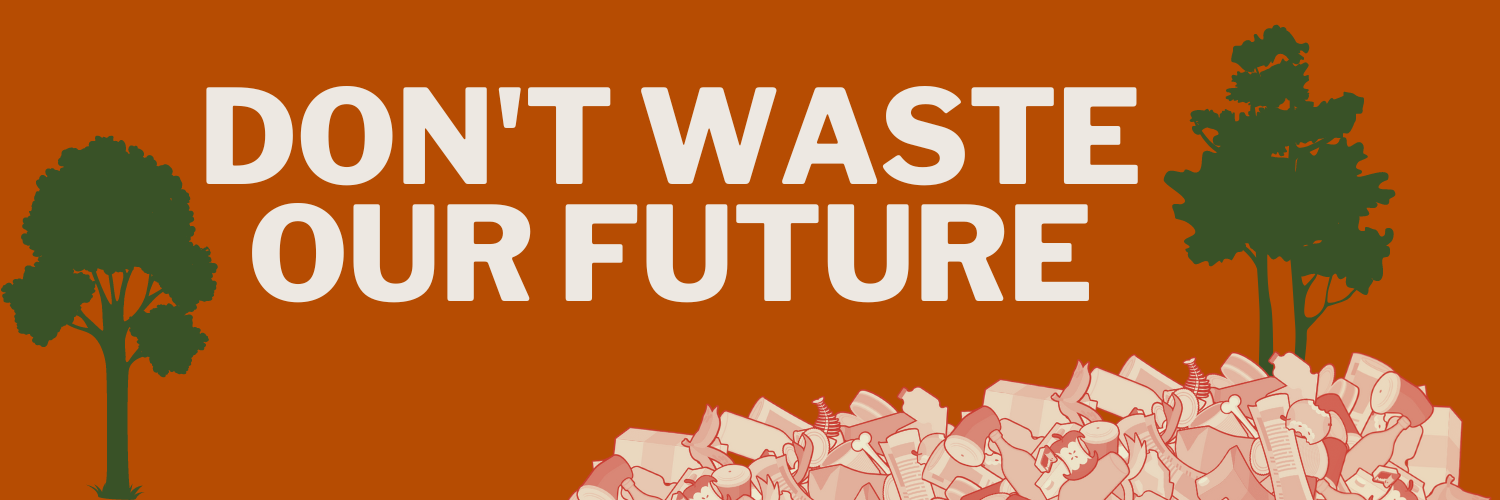Governor Jay Inslee, U.S. Senator Alex Padilla, climate leaders, methane experts hail EPA commitment to curbing landfill pollution
July 24, 2024
Yesterday, the U.S. Environmental Protection Agency committed publicly to updating emissions standards for landfills in 2025 to slash methane, a super-pollutant with 80 times the near-term warming power of carbon dioxide. This move, announced at the White House Super Pollutants Summit, follows new research showing that landfills are a huge source of climate pollution — and that solutions are readily available to cut methane and protect frontline communities. In response, Gov. Jay Inslee of Washington State, U.S. Sen. Alex Padilla of California, national climate leaders, and methane policy experts issued the following statements:
“I applaud the Environmental Protection Agency’s actions to address methane emissions from landfills,” said Governor Jay Inslee. “Methane is a super-pollutant, and it’s common sense to require landfills to rein in this dangerous gas. In 2022, Washington State was one of the first to pass a bill requiring certain landfills to slash their methane emissions, and funding from our Climate Commitment Act is helping them install new technology to do just that. By updating their rules, the Environmental Protection Agency can take a big step forward on tackling one of the most potent sources of climate pollution. Kudos to Administrator Reagan for his ongoing leadership to deliver cleaner air to Americans.”
“Tackling the climate crisis requires bold action to limit methane emissions — including cleaning up the landfills that pollute the air around us and harm our public health,” said U.S. Sen. Padilla. “California has provided the roadmap for responsibly regulating landfill methane pollution, and now, we’re seeing many of these low-cost, innovative solutions be adopted across the nation. This critical EPA commitment builds off California’s leadership to rein in toxic pollution and the efforts of a growing movement of concerned neighbors calling out for better standards for the landfills in and around their communities.”
"Having started an environmental justice career more than four decades ago in Houston studying the disproportionate siting and impact of solid waste landfills in Black communities, it's exciting news to see the Environmental Protection Agency signal action to update standards for municipal solid waste landfills,” said Dr. Robert D. Bullard, director of the Bullard Center for Environmental and Climate Justice at Texas Southern University. ”This is good for fenceline communities and it is also good for the planet. We now have clear supporting data, science and evidence showing solid waste landfills are a major source of climate and health-threatening air pollution that harms too many of our most vulnerable people and communities."
“The Environmental Protection Agency is doing important work by updating its landfill safeguards for reducing methane pollution, and we encourage the agency to move swiftly to embrace the latest best practices and affordable new technologies,” said John Coequyt, Director of Government Affairs at the nonpartisan clean-tech think-tank RMI. “This is a major opportunity for the United States to slow near-term planetary warming, bring real benefits to communities already dealing with toxic pollution, and achieve our national climate pollution reduction goals.”
"I'm thrilled that the Biden-Harris Administration has taken such a meaningful step forward in reducing methane emissions from landfills," said Katherine Blauvelt, circular economy director at Industrious Labs. "Landfill pollution is an urgent climate and public health crisis that impacts all of us every day. This announcement is not only a welcome acknowledgement of a problem, but a commitment to science-backed, people-first solutions."
“We are pleased to see the Environmental Protection Agency moving forward to update standards for municipal solid waste landfills, a major source of climate-damaging and health-harming air pollution,” said Edwin LaMair, Attorney, Environmental Defense Fund (EDF). “Advanced technologies and commonsense solutions can significantly cut pollution from landfills to protect nearby communities. We look forward to engaging as this process moves forward.”
“Tackling methane emissions at modern landfills is a 21st century problem that requires 21st century solutions,” said Riley Duren, CEO of the nonprofit Carbon Mapper. “Fortunately, emerging remote sensing tools, like the Carbon Mapper Coalition’s satellite Tanager-1 launching soon, are designed to offer ways to more effectively measure and understand landfill emissions. By incorporating modern monitoring technologies into an updated landfill rule, operators and regulators can leverage all of the tools now available to them, including a portfolio of ground-based, aerial and satellite technologies.”
Background:
Slashing methane is among the fastest ways to slow global warming.
Landfills are a major source of climate pollution, generating methane as organic waste decomposes in the absence of oxygen. Aircraft and satellites are uncovering super-emitting plumes at landfills across the country.
Beyond the planet-heating methane, landfills release harmful co-pollutants that adversely impact the health and well-being of nearby communities, many of whom are low income or communities of color.
Reducing landfill emissions involves detecting and capturing methane and co-pollutants at landfills, as well as diverting organic waste from landfills – through waste prevention, food recovery, and composting programs – to avoid future methane generation.
The EPA has the authority to regulate landfill pollution under Section 111 of the Clean Air Act. In early July, EPA signaled plans to tackle landfills as part of its long-term regulatory agenda. The timeline offered yesterday is the strongest signal to date that EPA has made landfill methane a serious priority.
By moving swiftly to implement stronger standards, EPA can cut dangerous methane pollution, protect communities, improve local air quality, and make progress on the United States' broader climate and environmental justice goals.
Additional Resources:
